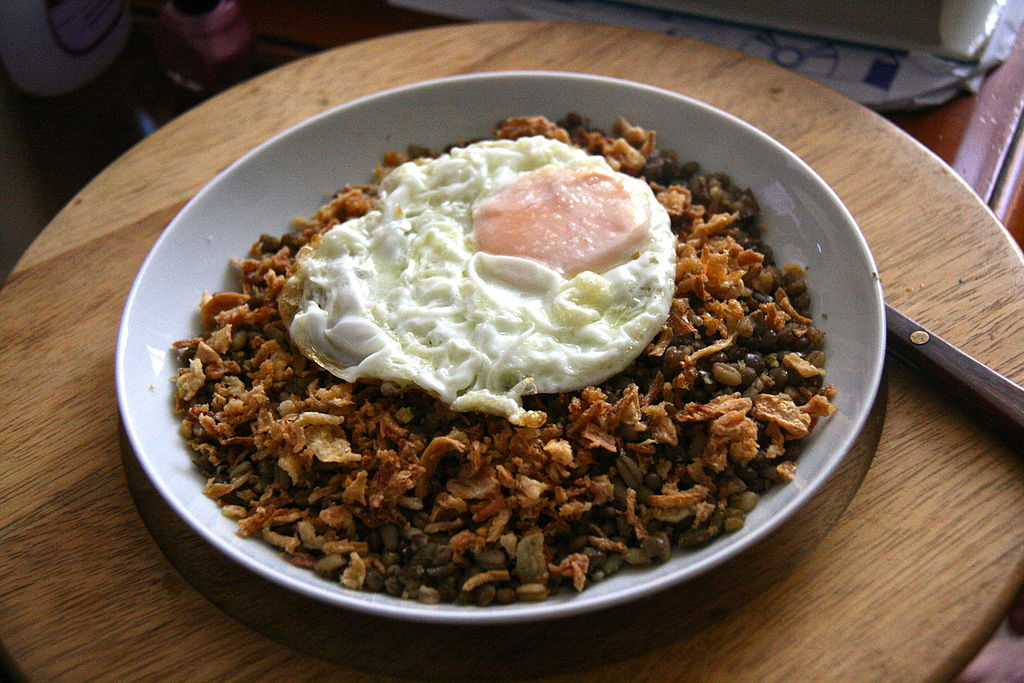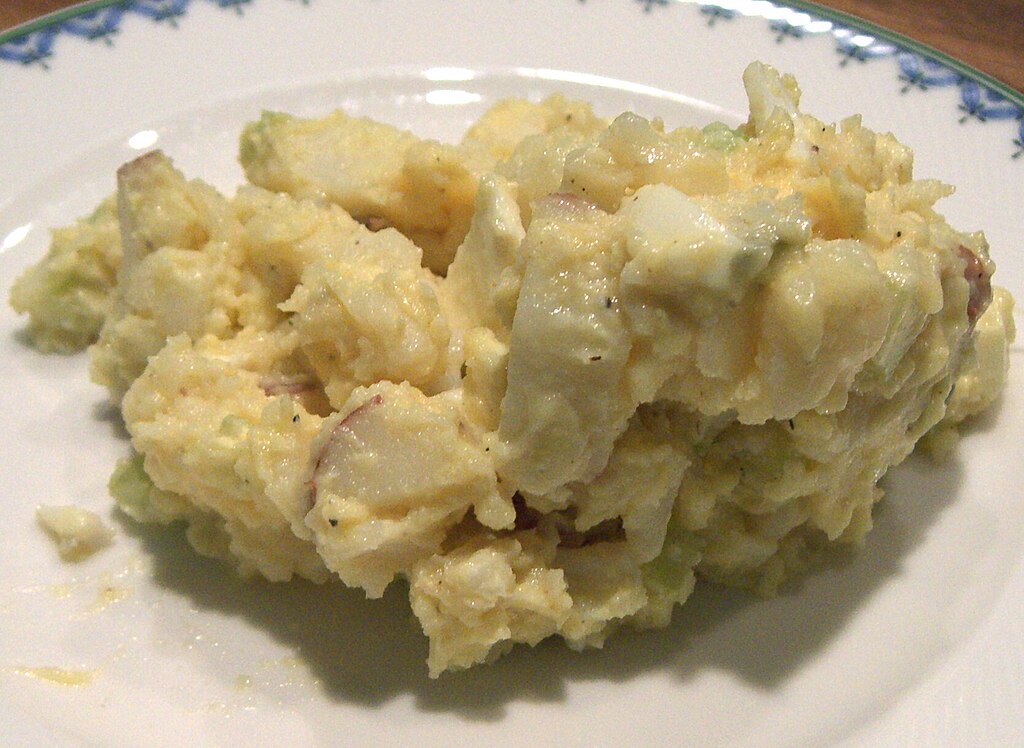All throughout human history, food has always been so much more than just mere sustenance - it's a story of survival and the human spirit. Across various eras and different cultures, people have faced the challenge of feeding large populations, dealing with poverty, and scarcity. So today, we're going to explore 30 historical dishes that were created out of sheer necessity, showcasing mankind's past struggles and triumphs alike.
1. Polenta, Italy
Originally a peasant food, polenta, made from ground cornmeal, was a cheap and nutritious staple that sustained the poor in Northern Italy. Its simplicity and versatility allowed it to be cooked in various ways, providing sustenance for many. It's still very popular today, showcasing how food is not limited by social status.
 Photo by Roberto Sorin on Unsplash
Photo by Roberto Sorin on Unsplash
2. Congee, China
Congee, a familiar and beloved rice porridge in Chinese cuisine, has been around for centuries. It's always been a popular dish for poorer crowds because it takes minimal rice to make and can easily be stretched to feed many mouths. It's an especially practical choice for large families.
 kwankwan from Taipei on Wikimedia Commons
kwankwan from Taipei on Wikimedia Commons
3. Pottage, Medieval Europe
In medieval times, pottage, a thick stew made from vegetables, grains, and sometimes a small amount of meat, was a common meal for the poor. It was considered very economical, as it could be continuously cooked over a fire, with whatever ingredients available thrown in.
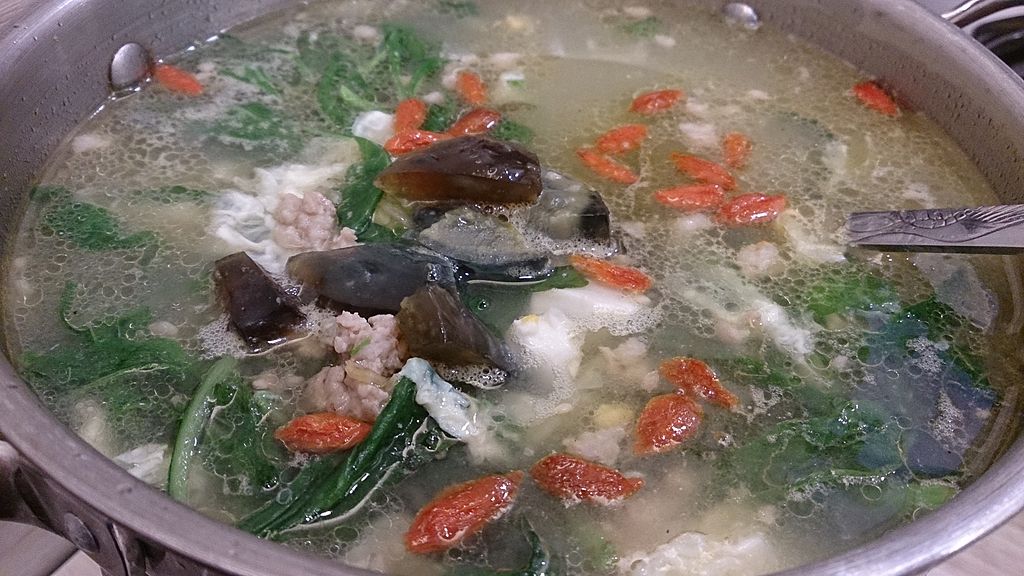 ProjectManhattan on Wikimedia Commons
ProjectManhattan on Wikimedia Commons
4. Succotash, Native America
If you didn't know, Succotash, a dish made primarily with corn and beans, was a Native American invention that was incredibly easy to make. This simple combination of ingredients provided people with a balanced diet that was especially important during harsh winters or periods of scarcity.
 Ceuthophilus on Wikimedia Commons
Ceuthophilus on Wikimedia Commons
5. Ratatouille, France
You may know this dish from the popular Pixar film, but Ratatouille isn't some high-end dish served only in Michelin-starred restaurants. It comes from humble beginnings, originating as a way for farmers to cook up cheap meals using leftover vegetables. This stewed vegetable dish quickly became a staple for feeding families with minimal resources.
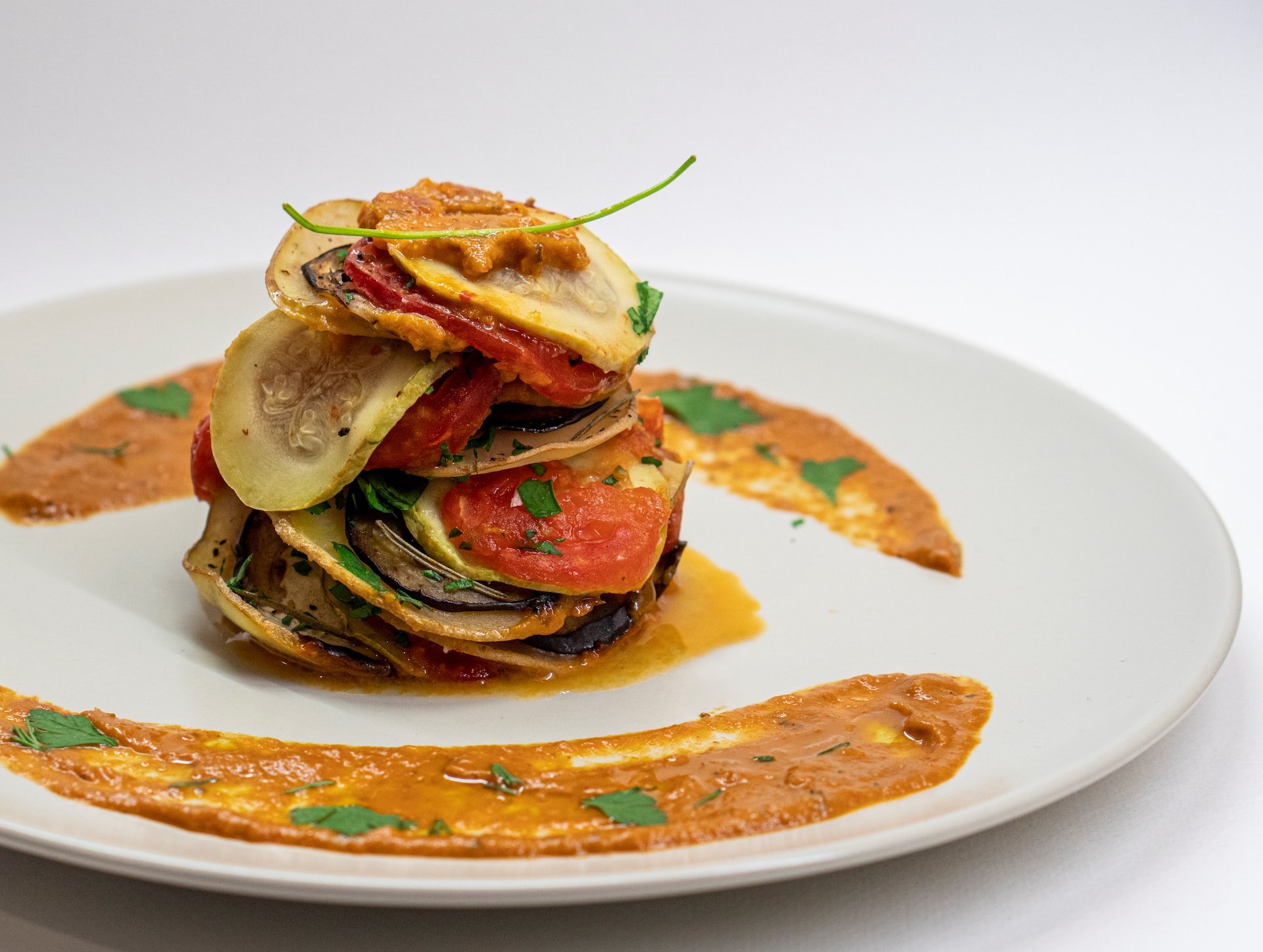 Photo by amirali mirhashemian on Unsplash
Photo by amirali mirhashemian on Unsplash
6. Colcannon, Ireland
Over in Ireland, Colcannon is a mixture of mashed potatoes and cabbage or kale. While it might sound a bit plain, it was a filling and inexpensive source of food you couldn't say no to. It was particularly important during the Great Famine when stretching limited food supplies was an utmost necessity.
7. Hoppin' John, Southern United States
Though this name certainly sounds like a fun time, Hoppin' John doesn't have as grand of a history as you'd believe. This dish comprising of black-eyed peas and rice is a Southern United States staple that originated from similar dishes created by African slaves. It was a nutritious, low-cost meal that fed large numbers of people at once.
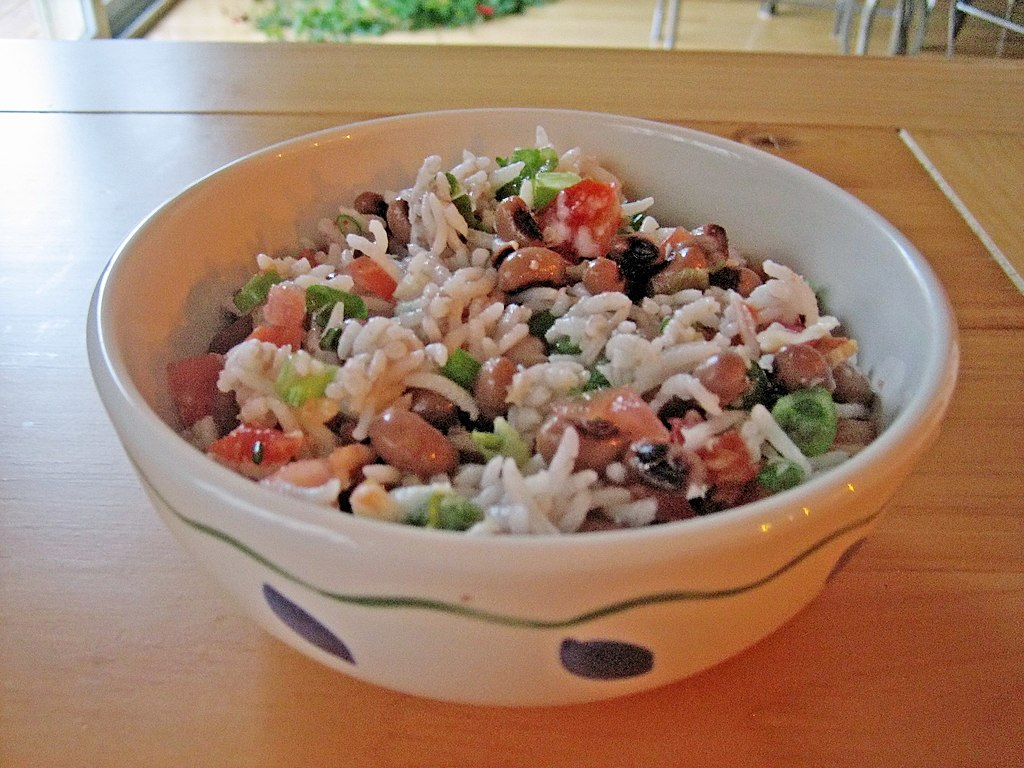 Srjenkins on Wikimedia Commons
Srjenkins on Wikimedia Commons
8. Dal, India
This lentil stew has been a staple in Indian cuisine for a very long time. Dal has always been a go-to meal for the lower economic classes. Not only is it a high-protein meal that feels filling, it's affordable and can easily be made in large quantities.
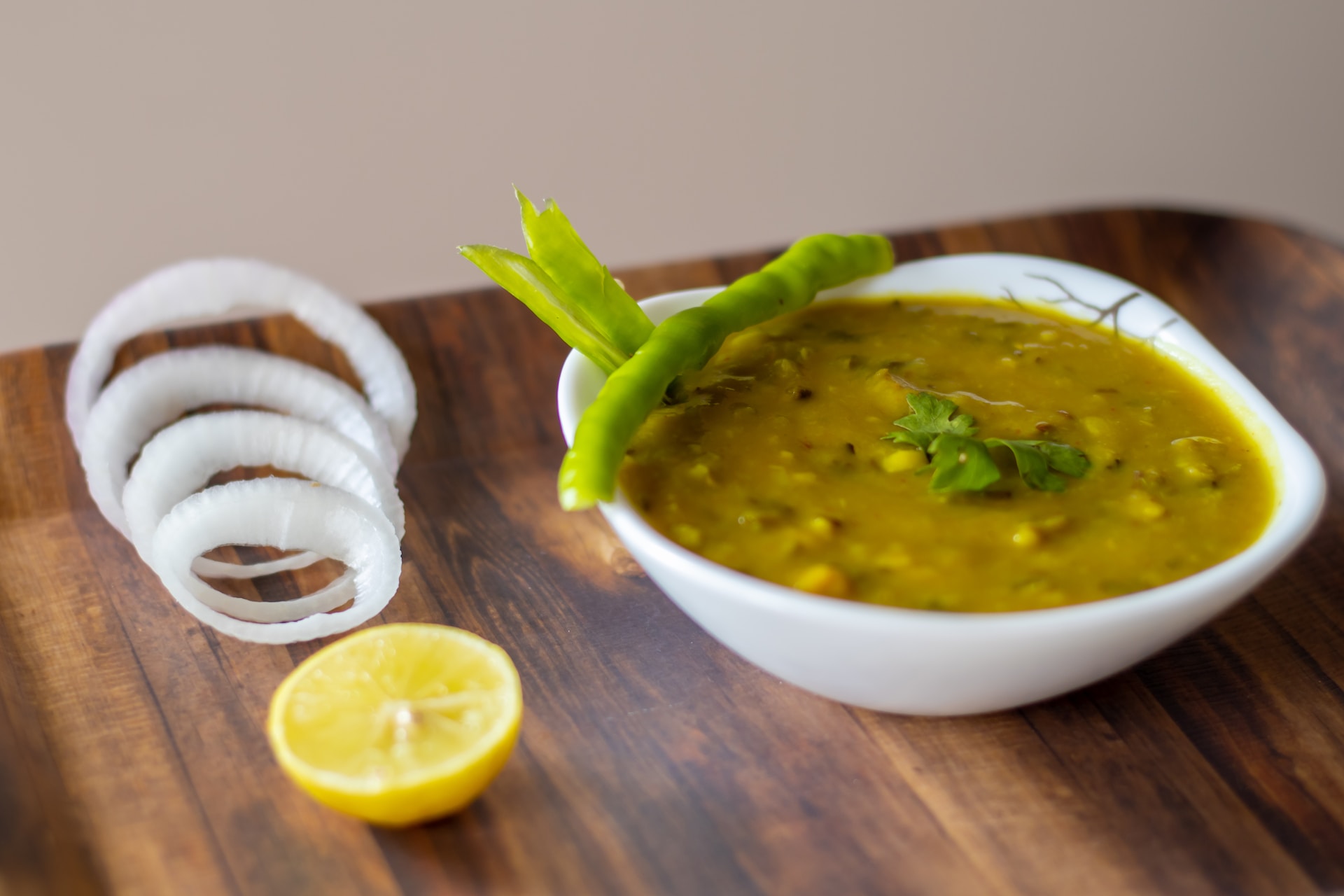 Photo by VD Photography on Unsplash
Photo by VD Photography on Unsplash
9. Cassava Bread, Caribbean
Over in the Caribbean, cassava bread wasn't just food, it was a necessity. Made from the root, it provided people with a gluten-free, sustainable carb source that fed the impoverished during times where food was scarce.
 Photo by Nadya Spetnitskaya on Unsplash
Photo by Nadya Spetnitskaya on Unsplash
10. Borscht, Eastern Europe
One of the most cost-effective ways to feed families in the past in Eastern Europe was making Borscht, a beet soup. Beets weren't just cheap, they were plentiful; as a result, this soup was able to feed many for numerous days.
 Photo by Natalia Gusakova on Unsplash
Photo by Natalia Gusakova on Unsplash
11. Grits, Native American and Southern U.S.
Grits, made from ground corn, have been a staple in both Native American and Southern U.S. diets. This inexpensive, versatile dish could feed large groups and was essential during times of economic hardship.
 Photo by Kseniya Nekrasova on Unsplash
Photo by Kseniya Nekrasova on Unsplash
12. Ful Medames, Egypt
Ful medames, a stew of cooked fava beans, has been a staple in Egypt since ancient times. It's a protein-rich meal that's economical and has traditionally fed large populations, especially the poor.
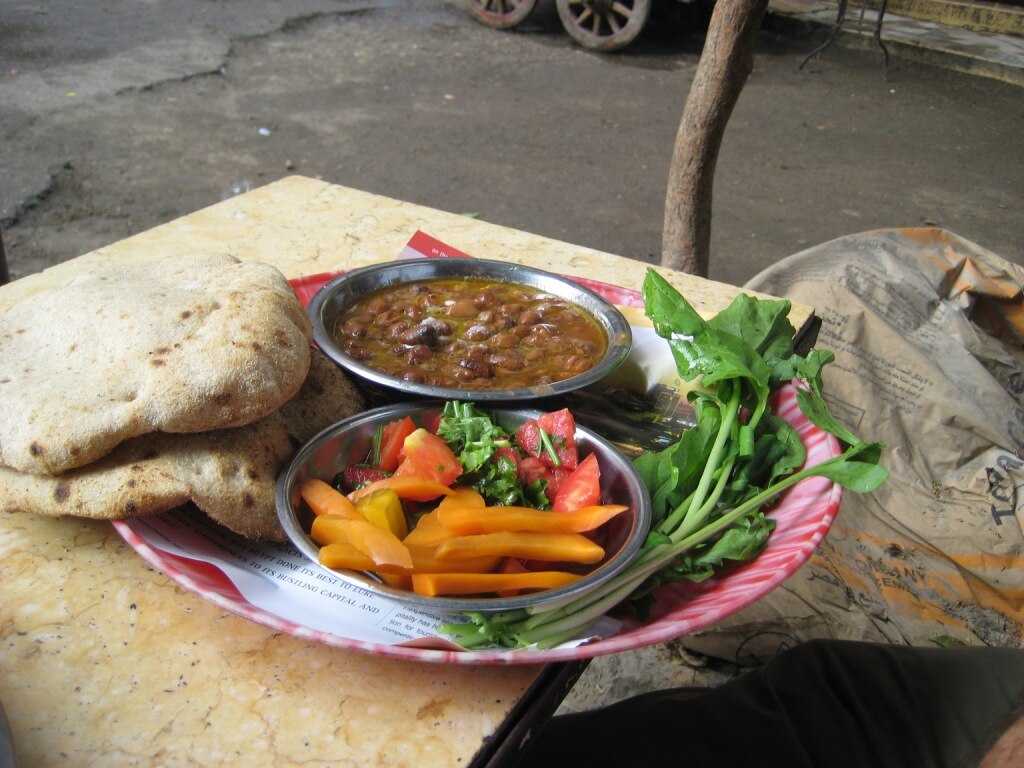 Zachbe at en.wikipedia on Wikimedia Commons
Zachbe at en.wikipedia on Wikimedia Commons
13. Lentil Soup, Middle East
Lentil soup, common across the Middle East, was a vital food for the poor. Lentils are a cheap source of protein and the soup can be bulked up with whatever vegetables are on hand.
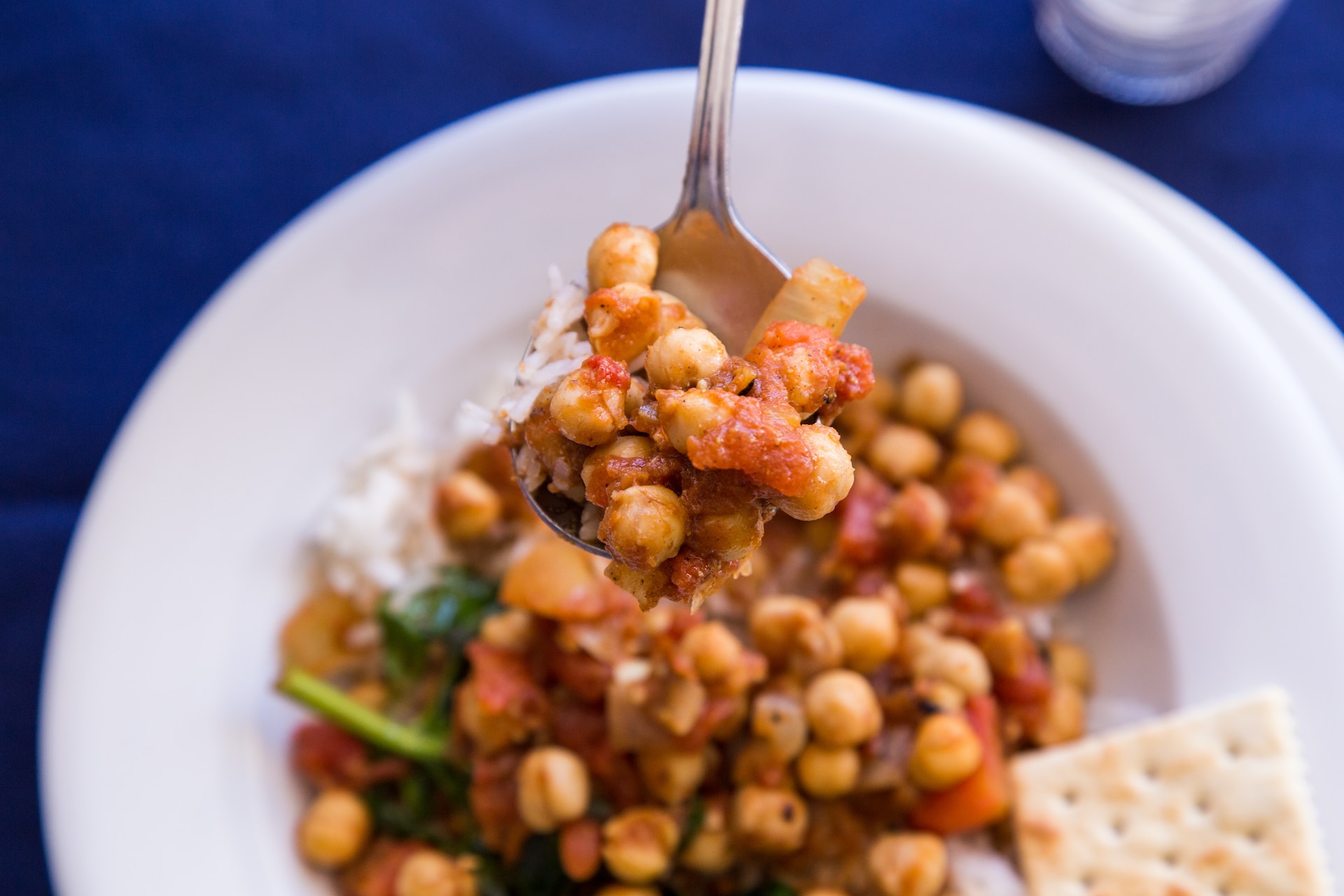 Photo by Hermes Rivera on Unsplash
Photo by Hermes Rivera on Unsplash
14. Bread and Dripping, United Kingdom
During and after the World Wars, bread and dripping was a common food for the poor in the UK. It consisted of bread spread with the fat dripped from cooked meat, utilizing leftovers to create a filling meal.
 Photo by Stephanie Harvey on Unsplash
Photo by Stephanie Harvey on Unsplash
15. Pease Porridge, Medieval Europe
Pease porridge, made from dried peas, was a common food in medieval Europe. This simple, nutritious dish was an affordable way for the poor to sustain themselves, especially during long winters.
16. Hardtack, Worldwide
Hardtack, a simple biscuit made from flour, water, and sometimes salt, was a staple for sailors and soldiers. It was incredibly durable and provided a basic sustenance during long voyages or military campaigns.
 Ashley Pomeroy on Wikimedia Commons
Ashley Pomeroy on Wikimedia Commons
17. Bean Soup, Global
Bean soup, a common dish in many cultures, was a cost-effective way to provide a nutritious meal. Beans are a cheap source of protein and can be easily bulked up with vegetables and grains.
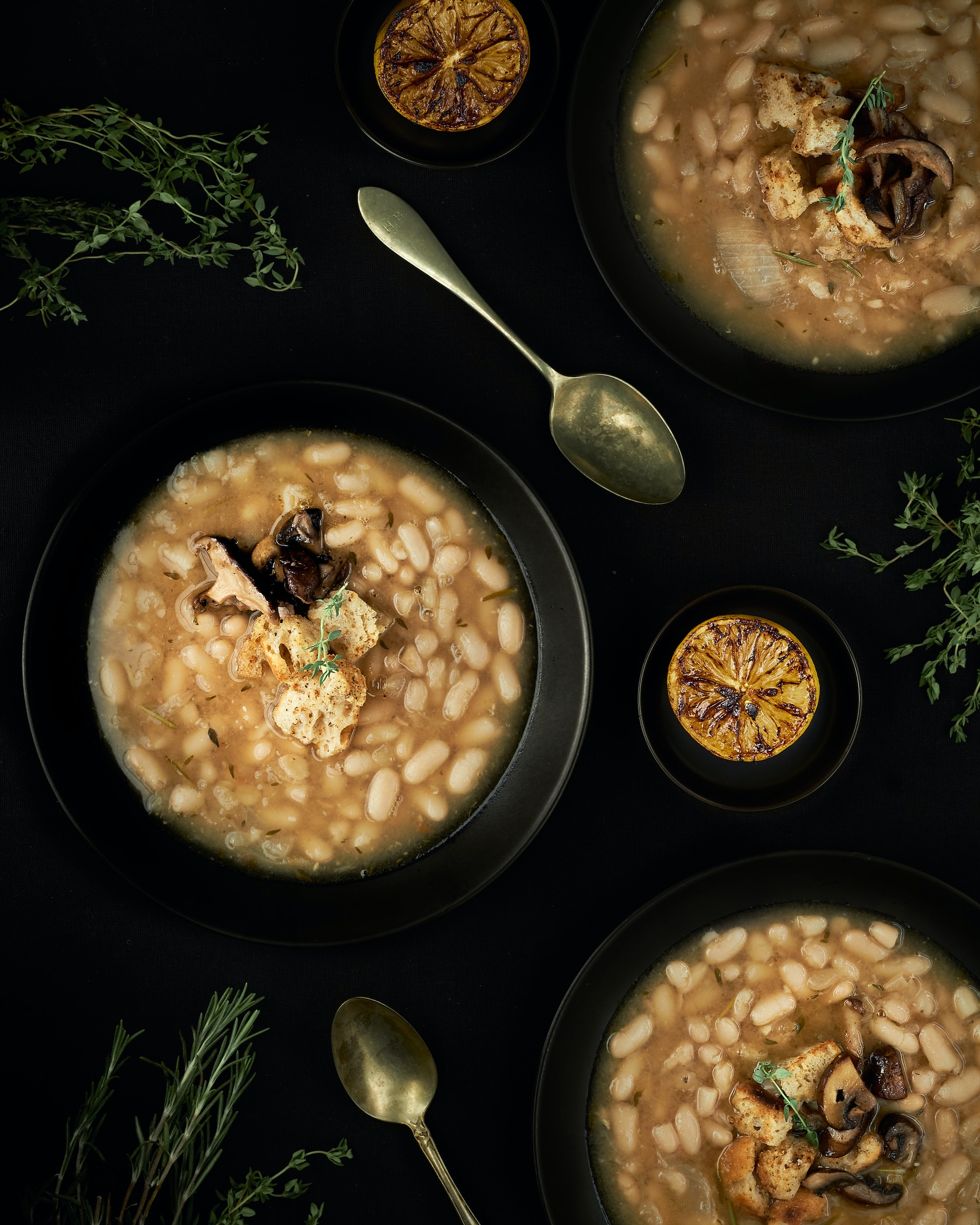 Photo by Christina Rumpf on Unsplash
Photo by Christina Rumpf on Unsplash
18. Samp, Native America
Samp, a dish made from coarsely ground corn, was a Native American invention. It was a filling, nutritious food that could be made in large quantities to feed tribes, especially during times of scarcity.
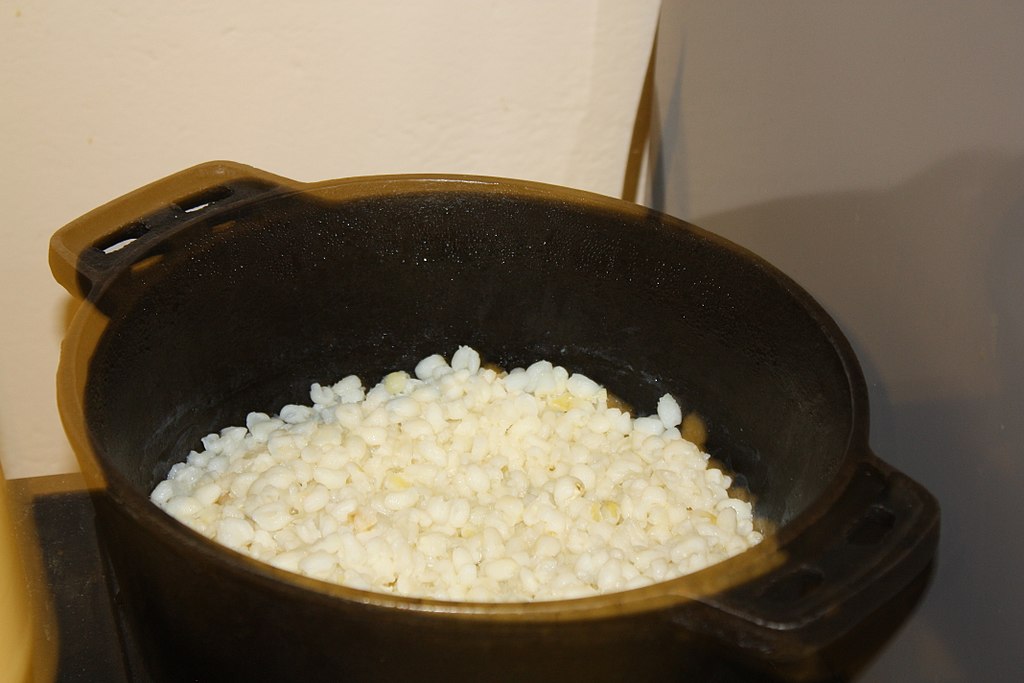 Stoutseun on Wikimedia Commons
Stoutseun on Wikimedia Commons
19. Fish and Chips, United Kingdom
Originally, fish and chips was a meal for the working classes in England. Cheap, filling, and high in calories, it became a staple food for those who needed a lot of energy but had little money.
 Photo by Andy Wang on Unsplash
Photo by Andy Wang on Unsplash
20. Mujaddara, Middle East
Mujaddara, a dish of lentils and rice topped with caramelized onions, is a Middle Eastern staple. Its ingredients are affordable and it's a filling meal that has historically fed large families on a tight budget.
21. Goulash, Hungary
Goulash, a Hungarian stew, started as a simple meal for herdsmen. Made from meat, vegetables, and paprika, it was an economical way to feed large groups.
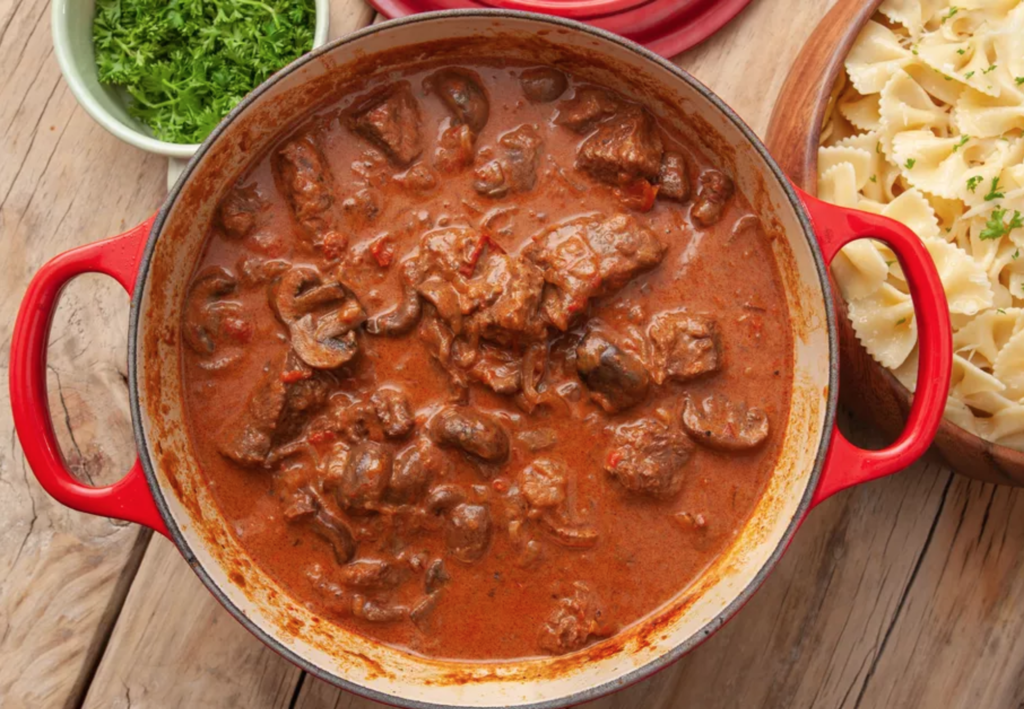 Valeva1010 on Wikimedia Commons
Valeva1010 on Wikimedia Commons
22. Pasta e Fagioli, Italy
Pasta e Fagioli, meaning "pasta and beans," is a traditional Italian dish. It was a practical choice for feeding large families affordably, combining inexpensive pasta with protein-rich beans.
 valtercirillo on Wikimedia Commons
valtercirillo on Wikimedia Commons
23. Atole, Mexico
Atole, a traditional Mexican drink made from masa (corn dough), water, and sometimes chocolate or fruit, was a common sustenance for the poor. It provided essential nutrients and was inexpensive to produce.
 El Nuevo Doge, CC0, via Wikimedia Commons
El Nuevo Doge, CC0, via Wikimedia Commons
24. Potato Soup, Europe
Potato soup, prevalent across Europe, especially in Ireland and Germany, became a staple for the poor due to the inexpensive and filling nature of potatoes.
 Photo by Julia Kicova on Unsplash
Photo by Julia Kicova on Unsplash
25. Bubble and Squeak, United Kingdom
Bubble and squeak, a British dish, was made from the leftover vegetables and potatoes from a roast dinner. It was a way to use up leftovers and provide an additional, cost-effective meal.
 Photo by Julia Kicova on Unsplash
Photo by Julia Kicova on Unsplash
26. Okroshka, Russia
Okroshka, a cold soup from Russia, was traditionally made with whatever fresh vegetables were available. It was a refreshing and economical meal, especially in the hot summer months.
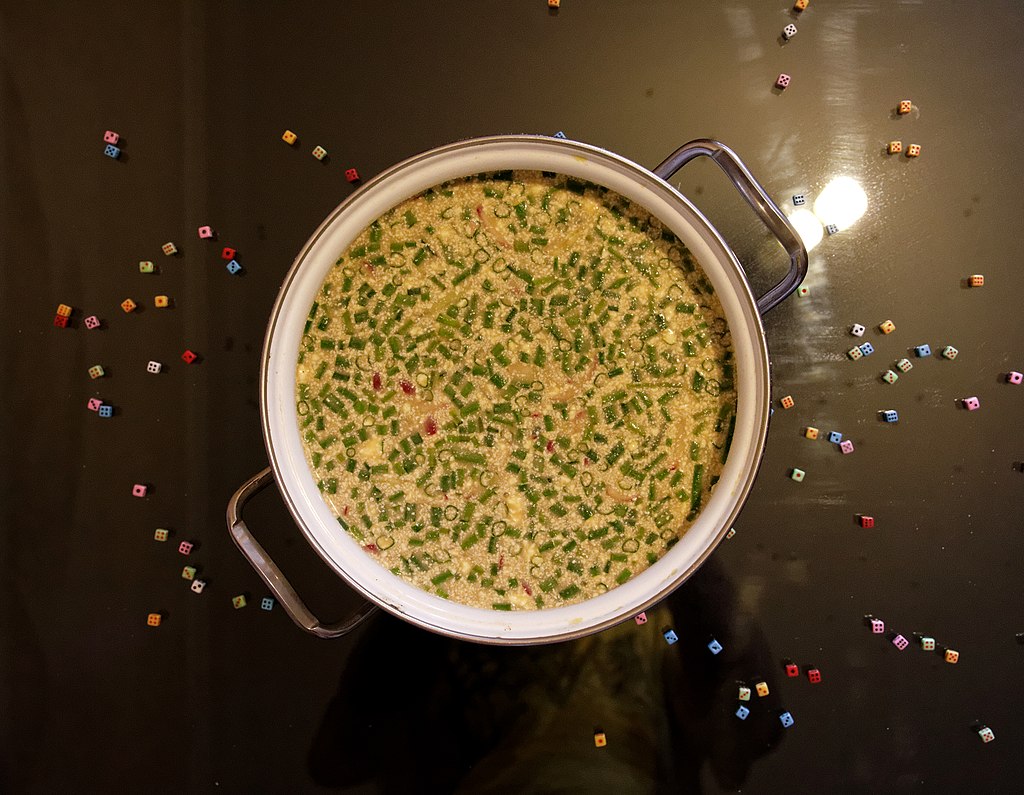 Vyacheslav Argenberg on Wikimedia Commons
Vyacheslav Argenberg on Wikimedia Commons
27. Chapati, India
Chapati, a flatbread from the Indian subcontinent, was a staple for the poor. It requires only flour and water to make and is often served with a simple vegetable or dal.
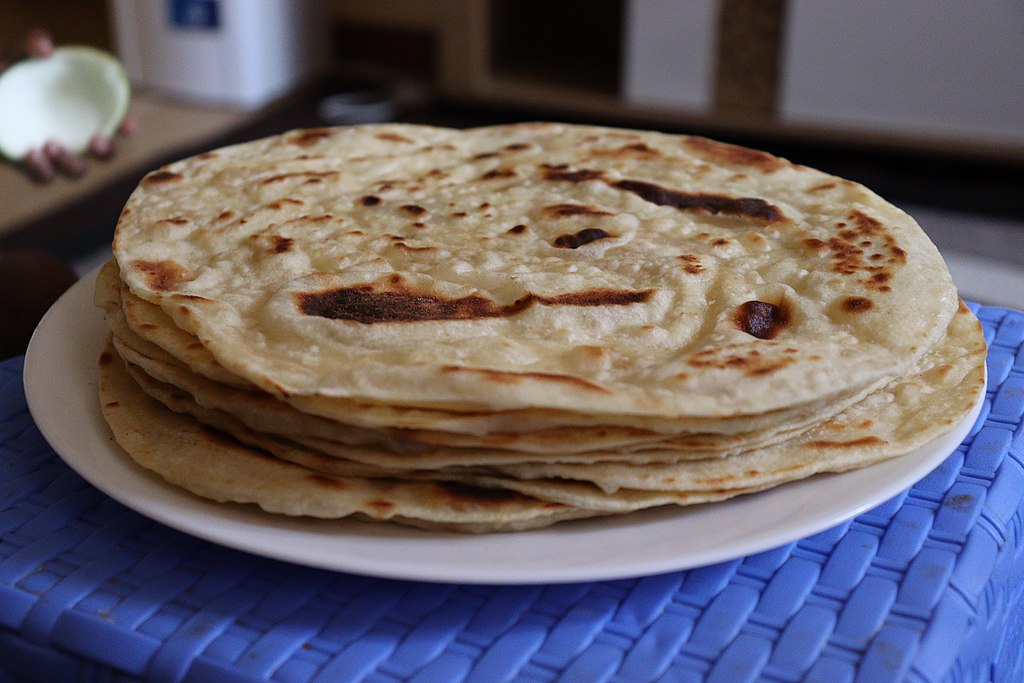 safaritravelplus, CC0, via Wikimedia Commons
safaritravelplus, CC0, via Wikimedia Commons
28. Pigeon Pea Stew, Caribbean
Pigeon pea stew, a Caribbean dish, was a cost-effective way to feed families. Pigeon peas are a cheap source of protein and can be cooked with whatever vegetables and meats are available.
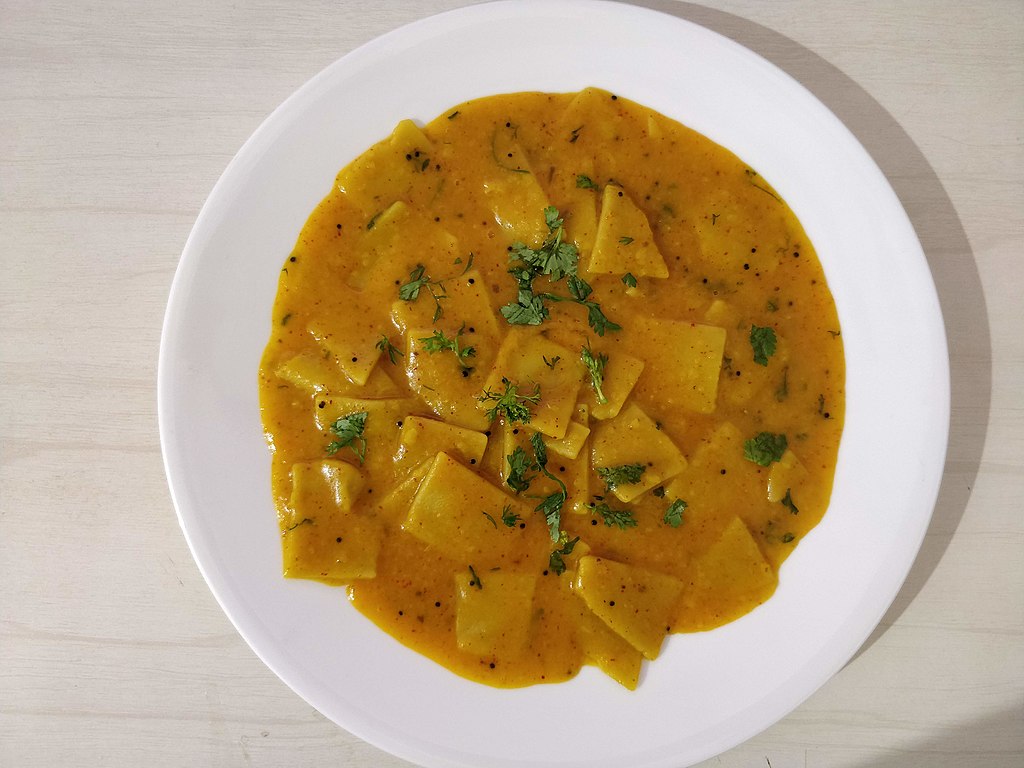 KartikMistry on Wikimedia Commons
KartikMistry on Wikimedia Commons
29. Acorn Porridge, Native America
Acorn porridge was a staple food for some Native American tribes. Acorns were abundant, free, and when processed correctly, provided a nutritious and filling meal.
 Photo by Aaron Burden on Unsplash
Photo by Aaron Burden on Unsplash
30. Kartoffelsalat (Potato Salad), Germany
Kartoffelsalat, a German potato salad, was a popular dish among the working class. Potatoes were affordable and the salad could be made in large quantities, making it a practical dish for feeding many people.
KEEP ON READING





